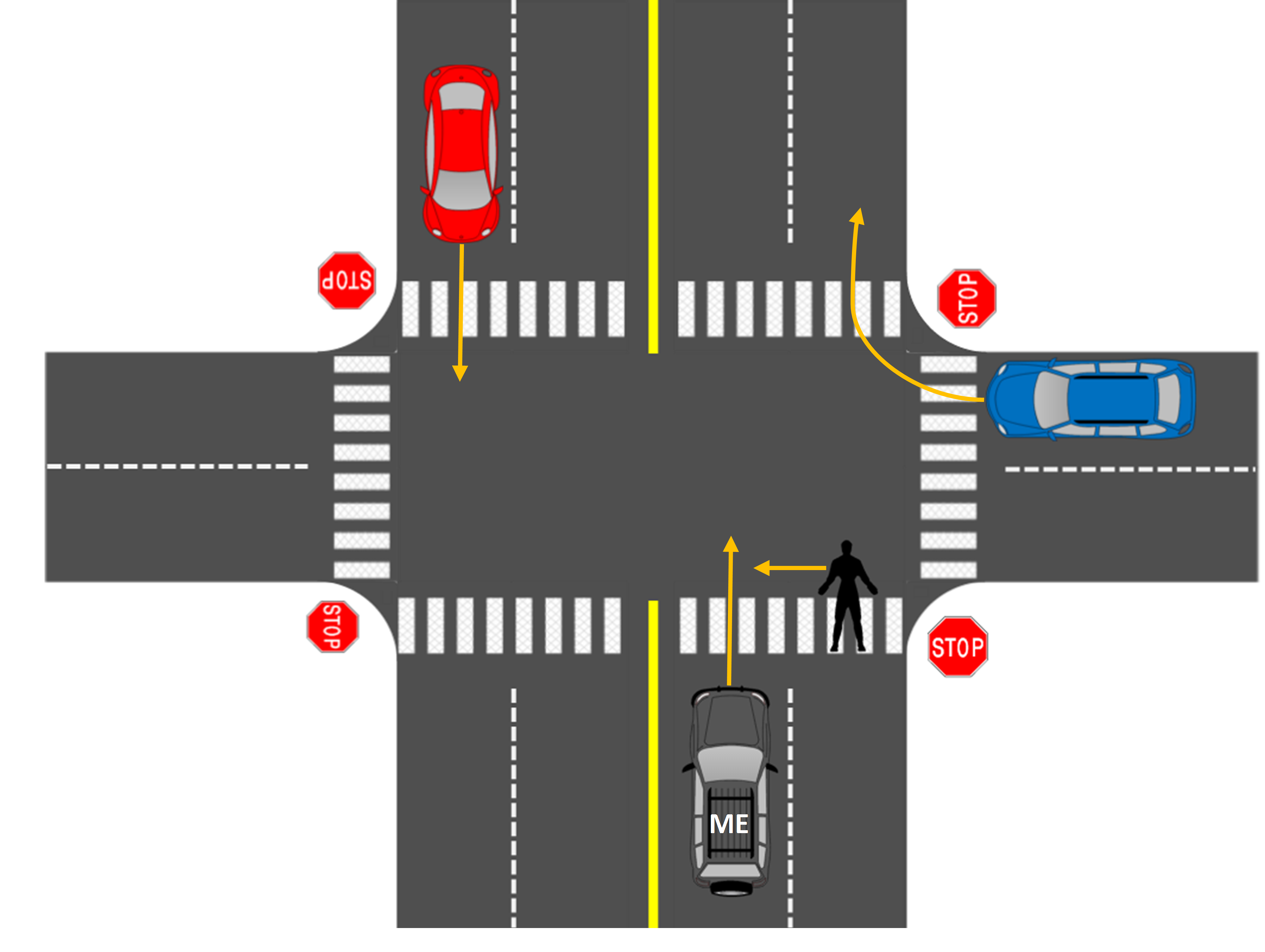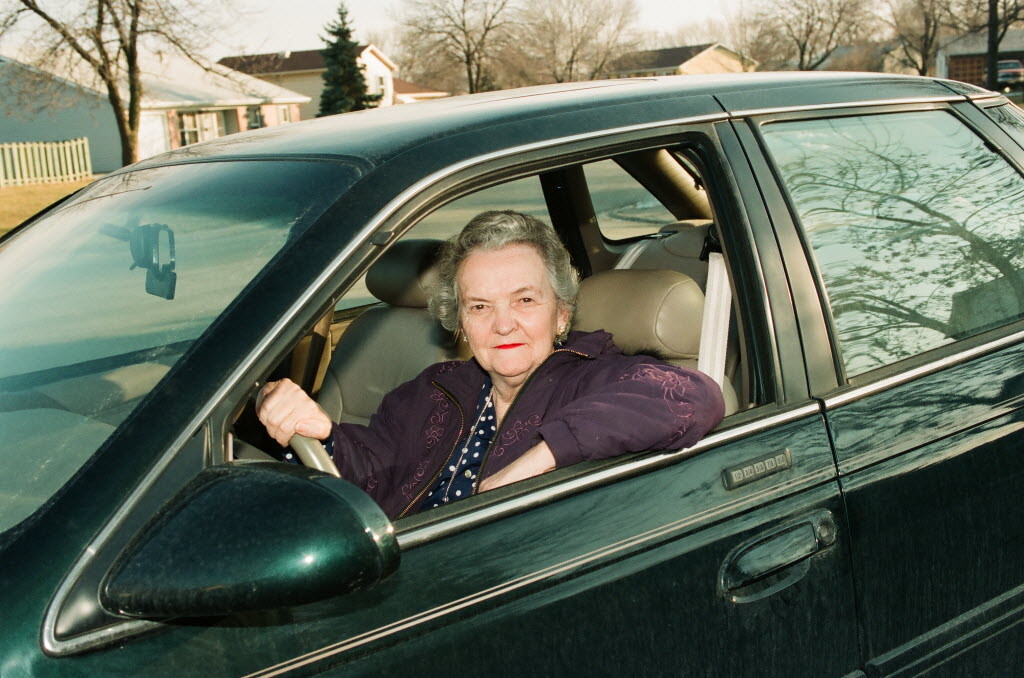Posted on January 17th, 2017
The Brain Changer: How I Realized I’m an Engineer
I can remember the day engineering changed my brain.
No I do not mean an actual physiological, potentially harmful, anatomical change; I mean the day I started thinking like an engineer.
It was in the second semester of my freshman year of college at the University of Iowa (#HawkeyeForLife). My parents picked me up for Spring Break, and of course I took that opportunity to sleep the entire three hours back to Chicago.
With the promise of home, TV and no homework within reach, I drifted off into a glorious slumber – which was abruptly interrupted by a tumultuous patch of road. As my dad bobbed and weaved in and out of the numerous potholes, I could not help but think to myself – outraged of course – “How inefficient!” Not only did these potholes interrupt my nap, they slowed traffic and made maneuvering around them cumbersome.
Immediately, I had an urge to know why and how potholes were created and what better material could be used in lieu of asphalt.
My engineering mindset revelation
That’s when it hit me: “Morgan, you are an actual, real-life engineer!”
Engineering, as a discipline, can be referred to as processes, devices and systems, and making each more efficient. Engineering became something I was not only studying, it became part of my thought process.
Fast forward six years and here I am: An engineer now working in human factors and vehicle safety. Even though I am older and have more experience with engineering, I still have those moments in which I am surprised how much the engineering mindset affects my day-to-day life.
Now when I look at an intersection, I can see why they placed the traffic signals where they did; or, when I see a curve on a highway, I can see how it helps keep long-distance drivers awake by inserting variety into the drive.
A close encounter and more revelations
My engineering brain really came in handy a few weeks ago when I was driving home from work.
I was feeling exhausted while driving when suddenly I had one of those realizations in which I looked up and realized I was almost home but could not remember the drive from work to that point. This is called cognitive distraction. My mind was “somewhere else.”
(Sidebar: Let me be the first to say, THAT IS NOT SAFE! Sleepy and distracted driving are unsafe driver behaviors that could result in dangerous, sometimes fatal situations. One would think, seeing as this is what I do for a living, I would be more vigilant but hey, I’m human.)
As I pulled up to a four-way stop intersection blocks from my home, I then had a “brain changer” moment. Let me set the scene. I was pulling up to a four-way stop as two other cars – one to my right and the other in the oncoming lane – came to a stop. As I inched forward, a pedestrian in my blind spot who was crossing the street in front of me came into view and I pumped the brakes.
As I sat there – surprised that I had not seen this human being crossing the street – thought to myself: “What technologies could and should help me navigate traffic safely?”

For starters, pedestrian detection is a great technology that alerts drivers if there is a pedestrian in the path. Some may even automatically brake within a certain speed range if pedestrian movement is detected. For me, this technology may have intervened if I did not see the pedestrian crossing in front of me in the crosswalk.
Drowsiness alert is another one the technologies available now that could help drivers be safer when sharing the roads with others. This feature alerts drivers if they may be drowsy and suggest that they take a break when safe. Maybe my 15 minute drive from work is not the best example of how this technology could save lives; but for those driving longer distances with equal or more drowsiness, alerts and suggestions to take a break are extremely beneficial.
As I continued home, I thought less about technologies that are available now and more about technologies that are not. If car companies are moving more toward semi-autonomous and fully automated driverless vehicles, how would those cars navigate that situation? Alas, a question for another day and another post. But, with my new perspective on engineering, I will never approach driving the same.
Want more Morgan Price? Check out her videos on the MyCarDoesWhat Facebook page and below!





 MyCarDoesWhat
MyCarDoesWhat